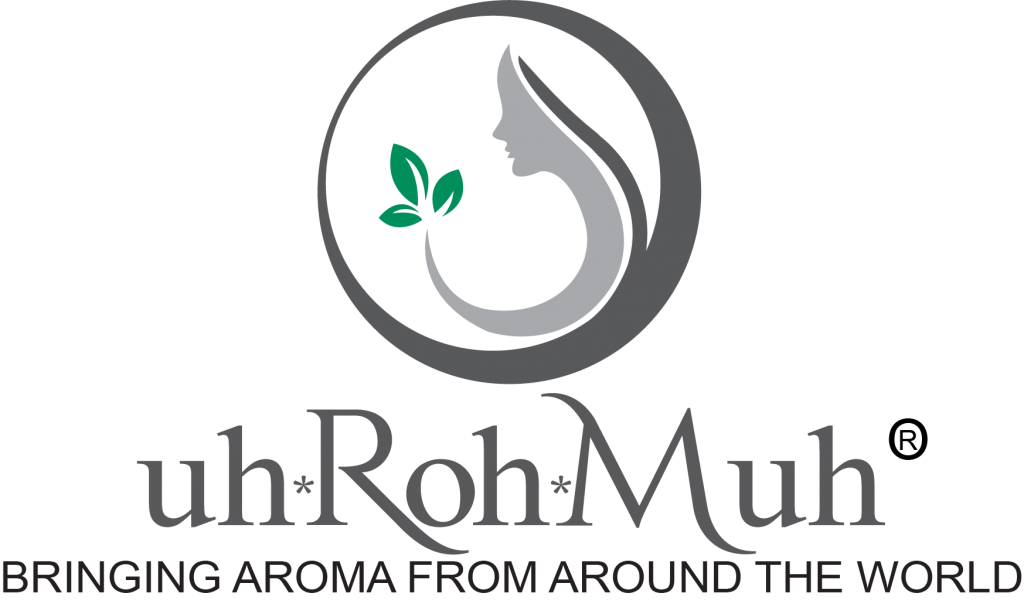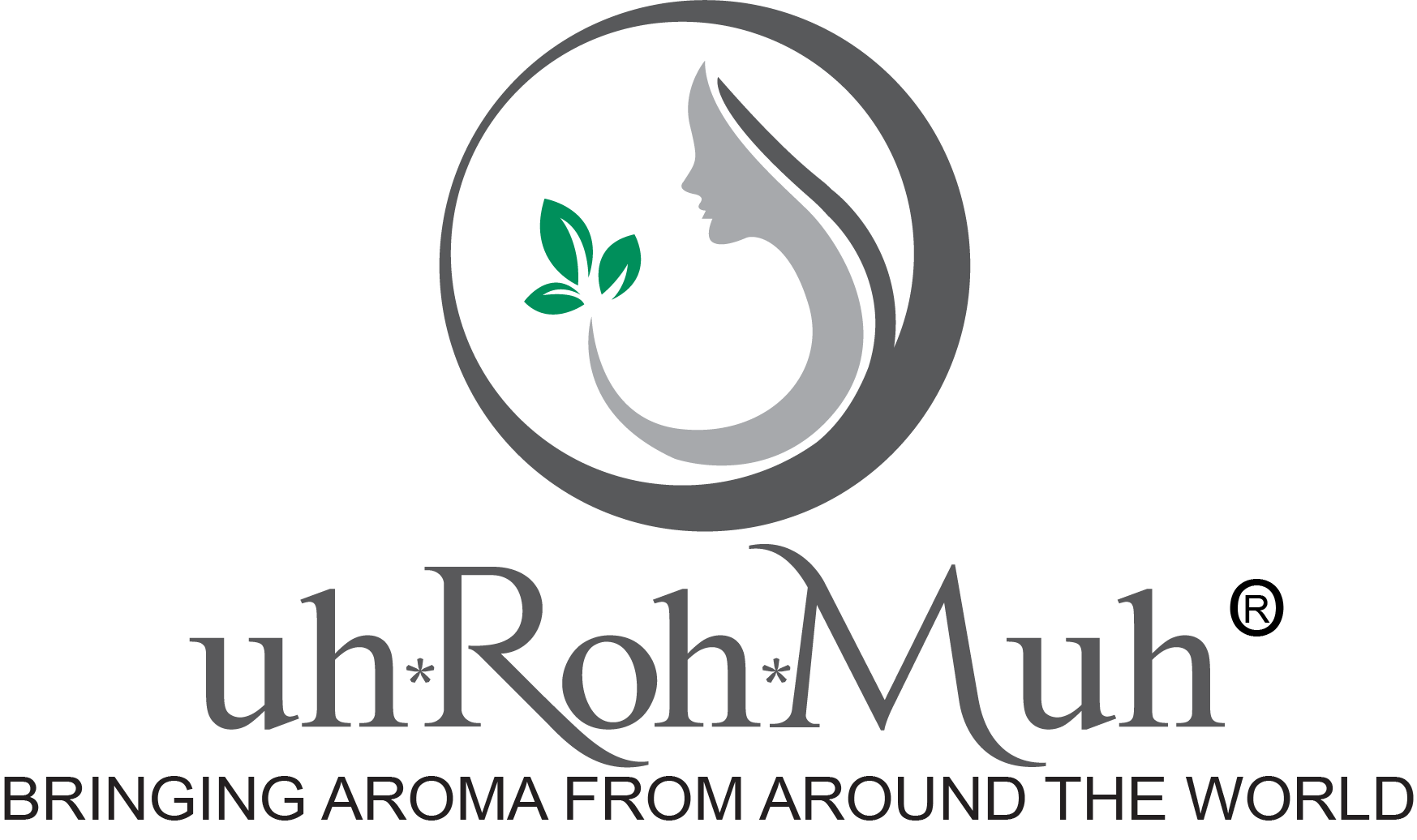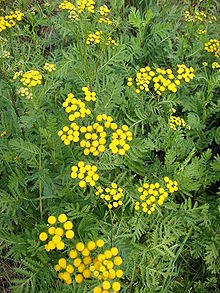Blue Tansy essential oil : Background
Blue Tansy essential oil comes from a beautiful, yellow-flowered plant that is scientifically called Tanacetum Annuum. The Blue Tansy plant is native to the Mediterranean region, specifically Morocco. For this reason, many people know it as Moroccan Tansy.
Meanwhile, because the plant comes from the same family as chamomile oil plants like German Chamomile and Roman Chamomile, it is also referred to as the “Moroccan Blue Chamomile”. Both the German and Moroccan Chamomile plants have a joint compound called chamazulene. This blue chemical is activated when the flowers are treated in steam during oil extraction. Because of chamazulene, the essential oils extracted are blue, but the plants they come from are not.
The chamazulene compound in Blue Tansy is significantly higher than that in German Chamomile. Consequently, the resulting oil’s blue hue is more concentrated and can stain surfaces and skin. Nevertheless, without this unique compound, Blue Tansy would not have its natural therapeutic benefits.
The Blue Tansy plant is thought to have originated from ancient Greece. According to historical records, it was initially cultivated as a medicinal herb to treat digestive problems, sores, and fevers. Over the years, the plant’s popularity in luxury beauty products surged, and it was harvested almost out of existence.
Today, although supplies are steadily increasing, it is still rare. For this reason, the Blue Tansy essential oil is one of the most expensive oils in the market.
Blue Tansy oil : Benefits
Conclusive research on Blue Tansy on how well the oil performs in real-life and clinical use is scarce. However, evidence exists that supports its use as a remedy for various health issues, some of which are outlined below.
Anxiety
Most anxiety-relieving essential oils enhance relaxation by working directly on the nervous system. The Blue Tansy oil, just like its cousins in the chamomile family, has a calming scent that could be an ideal addition to your night self-care routine. You only need to put a few drops of the oil to a diffuser and breathe in the aroma of the Blue Tansy to feel your stress and tension dissipate.
Inflammation
There is ample evidence that two of the Blue Tansy oil major components help reduce inflammation. These components are Camphor and Sabinene.
- Sabinene, a primary component, is an effective anti-inflammatory agent according to studies.
- Camphor has been shown by trusted sources to reduce inflammation in the body.
The Blue Tansy can also be used to ease the pain of sore joints and muscles. Whether you have arthritis or chronic joint pain, a soak or massage in Blue Tansy can bring relief.
Skin Issues
Blue Tansy oil’s anti-inflammatory characteristics have also been shown to have a positive effect on damaged skin.
In one study, mice exposed to UV radiation showed significant skin improvement after being treated with camphor. This led to the conclusion that camphor could be a potent anti-wrinkle and wound-healing agent. The Blue Tansy oil can also kill off pimple-causing bacteria, making it an excellent oil for acne-prone skin.
Essential oil enthusiasts hold Blue Tansy in high regard when it comes to improving the skin. The general belief is that, with more studies, more benefits will be unearthed.
Nasal Congestion
The Blue Tansy essential oil has natural antihistamine properties that help reduce nasal congestion. This is great news for people affected by seasonal allergies. How does it work? By reducing the body’s histamine response to allergens. It, therefore, relieves many of the allergy symptoms like rashes, sneezing, and watery eyes.
Bacterial and Fungal Infections
This precious essential oil has been proven to have both antifungal and ant-bacterial properties. As a result, it is ideal for treating minor burns, cuts, and fungal infections of the scalp, skin, and nails.
Contraindications
Blue Tansy is a rare and precious essential oil. Unsurprisingly, you will find a lot of fakes on the market. It is also common for dealers to sell the common Tansy (Tanacetum vulgare) with the claim that it is indeed Tanacetum annuum. The oil from common Tansy is highly volatile and can cause contact dermatitis.
You can distinguish common Tansy from Blue Tansy by picking out the latter’s blue color. Nevertheless, always buy Blue Tansy from a trusted, reputable source.
Researchers recommend that Blue Tansy be used in minimal doses. Moreover, it should not be used around pregnant women, small children below the age of 10, or those with epilepsy.
Finally, Blue Tansy is toxic to both dogs and cats. Vets generally advise against diffusing this oil around house pets.
Disclaimer
These statements have not been evaluated by the Food and Drug Administration. This product is not intended to diagnose, treat, cure or prevent any disease. If you are pregnant, nursing, taking medication, or have a medical condition, consult your physician before using this product.




You must be logged in to post a comment.